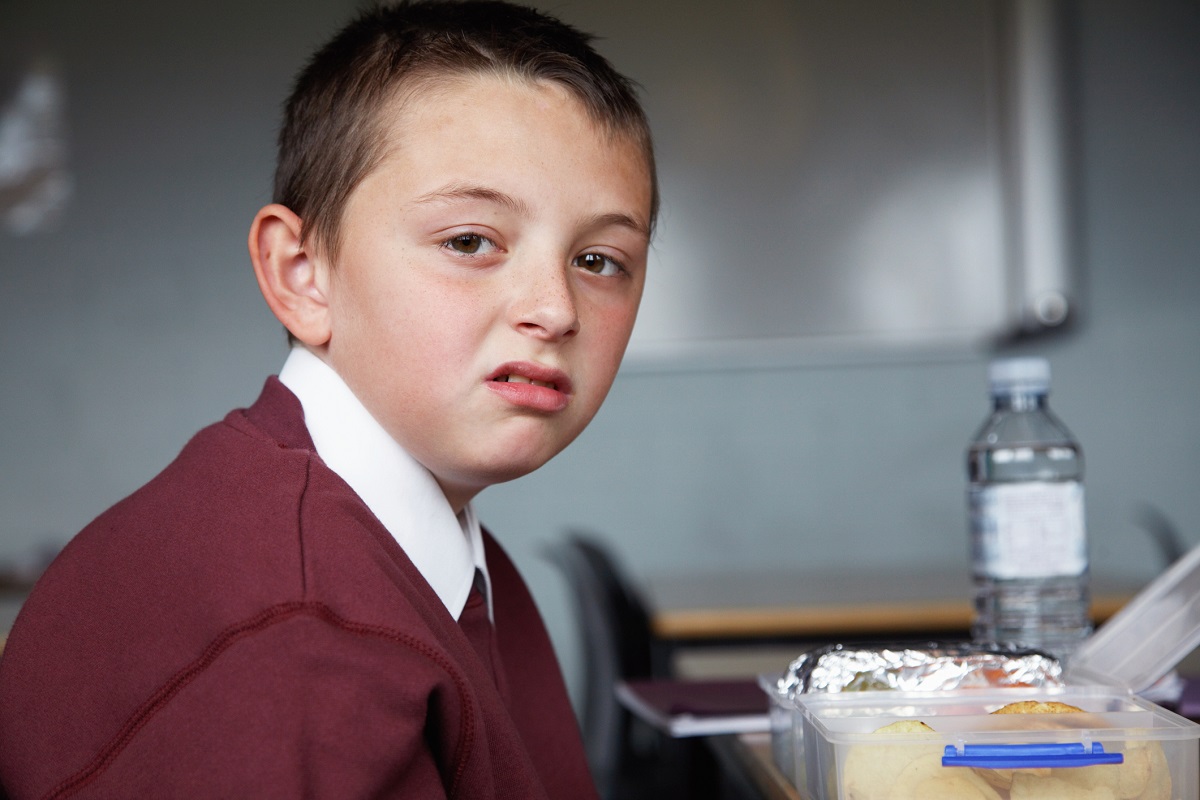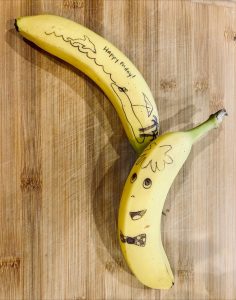The Medical Minute: School lunches, the healthy way

With the school year officially underway, it’s time to focus on one of the most perplexing dilemmas that challenge parents daily: what to pack for my kid’s lunch.
Eventually, the peanut butter sandwich train stops, at least for a day or two. The “Can I buy?” momentum begins to roll, but who has the money ― and perhaps enough faith in the school cafeteria ― to make that an everyday practice?
A few more weeks of uncertainty and consternation could lead to surrender, and possibly a steady diet of prepackaged meat, cheese and cracker lunches.
Dr. Kate Sanchez sympathizes and empathizes. Sanchez is the assistant director of pediatrics for Penn State Health Pediatrics. She’s also a mother of three, including two elementary-school-age children.
So, what does a pediatrician pack for her own kids?
“I have to say I’m not one of those Instagram moms packing the perfect Bento box, the perfectly well-rounded meal,” Sanchez said, laughing.
Breakfast is key
First, Sanchez believes good nutrition starts with a quality breakfast. She subscribes to the age-old theory that breakfast is the most important meal of the day and, ultimately, prefers that her patients sit down for a solid meal before heading to school.
She also knows busy lives can prohibit that. So, Sanchez suggests students eat at least some type of reasonable snack in the early morning if they are on the go, whether that’s a drinkable yogurt, a protein shake or a granola bar.
Skipping breakfast makes a quality, balanced lunch even more essential for students, Sanchez said. That’s why she packs her kids a protein, a complex carbohydrate, a fruit and a vegetable each day for lunch.
Banana Man saves the day
Her 6-year-old never tires of peanut butter sandwiches on whole grain bread. But understanding that’s not the norm, she believes lunch packers should be willing to mix it up for variety and taste.
“If they’d prefer an almond butter and jelly sandwich, that’s a good choice. Certainly, a turkey sandwich would be great,” she said. “If they
don’t like meat or don’t like peanut butter, I try to do things like something with cheese or a bean-based protein.”
Sanchez said she’s fortunate both her school children enjoy raw carrots and broccoli, which are now standards in their lunch bags. She gets a little creative, however, in sending fruit to school. She often uses a ballpoint pen to draw pictures or write words on bananas, whether it’s a simple, “Have a great day,” or a sketch of Mike from “Monsters, Inc.” or a “Banana Man” illustration, complete with hair, face and a necktie.
“My kids love it when I draw messages on their banana skins,” she said. “That’s their big thing and it helps get a banana into them.”
Giving in to pizza, burgers and such
Sanchez’s oldest son is now gravitating toward the prepackaged meat, cheese and cracker lunches, so she has created her own version.
“I try to make it myself,” she said. “I’ll send him with little pita rounds and a sauce that I make myself and some extra cheese on the side and then he makes his own mini pizzas at school.”
Although homemade healthy options are working now for her children, Sanchez recognizes that sometimes kids want something not made by mom or dad. They will buy lunch at school on occasion as a treat, usually on pizza or hamburger day. Even then, though, she said her kids’ cafeteria has a daily salad bar so they can get their vegetables, too.
Overall, Sanchez believes schools have done a much better job of offering balanced lunches nowadays, alleviating parents’ concerns when their children buy.
“There has been more standardization of what is supposed to be in a school lunch, and it’s always supposed to have fruit, a vegetable, a dairy product and a protein as the first ingredients,” she said. “They are trying to get more of the whole grain products into their food as well.”
As students get older, more unhealthy lunch options are available in and out of school. Sanchez understands that first-hand.
“I remember fondly my high school days and those donuts they had with the vanilla icing and the sprinkles,” she said, laughing. “I feel like I had one of those every single day for lunch.”
Another key: Moderation
Sanchez now preaches moderation to her children and to her patients. It’s fine to have something sweet at lunch. She usually includes fruit snacks or a bite of chocolate in her kids’ lunches. But they also need to know why they shouldn’t overdo it.
“I encourage my teen patients to avoid those really sugary things that are gonna spike your sugar up right at lunch time and then have you crash for the rest of the afternoon,” she said. “We try to come up with solutions that might be a better option than eating that donut or eating that bag of chips.”
The most important advice she’d give to parents making school lunches – no matter the age of the students – would be to work with their children. Explain the rationale behind the need for balanced meals and then make the lunches together. If students are involved in the process, they won’t be surprised or bored by the choices, because they’re the ones creating the menu.
“They can help choose what goes into it,” she said. “If they’re the ones saying, ‘Today I want carrots, I don’t want broccoli,’ they are more apt to eat that when they get to school.”
Related content:
- The Medical Minute: Leaving the nest for college ― transition for students, parents
- The Medical Minute: Back to school health tips for parents
The Medical Minute is a weekly health news feature produced by Penn State Health. Articles feature the expertise of faculty, physicians and staff, and are designed to offer timely, relevant health information of interest to a broad audience.
If you're having trouble accessing this content, or would like it in another format, please email Penn State Health Marketing & Communications.

